Ceramics-painting dialogue makes Lacoste/Keane Gallery an artwork in itself
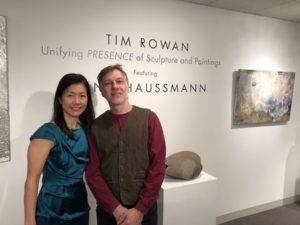 The new show at Lacoste/Keane Gallery in Concord, MA features both painting and ceramics—a new approach for the gallery in that it combines both the fine art of painting with (what is sometimes considered) the “lowly” craft of ceramics–and establishes a dialogue between the forms.
The new show at Lacoste/Keane Gallery in Concord, MA features both painting and ceramics—a new approach for the gallery in that it combines both the fine art of painting with (what is sometimes considered) the “lowly” craft of ceramics–and establishes a dialogue between the forms.
The show, entitled “Tim Rowan: Presence: Unifying Presence of Sculpture and Painting” features sculptures by Rowan, a leading ceramic artist in the Northeast, and abstract paintings by internationally-known Bernd Haussman, whose works were selected to compliment Rowan’s’ work.
The exhibit, at 25 Main Street in Concord, MA, runs through Dec. 1.
Tim Rowan
According to a gallery press release, “The ceramics elements of the show take visitors into the experience of an object’s presence and show how, by contemplating the materials and processes, the artist becomes ‘present’ with the work.
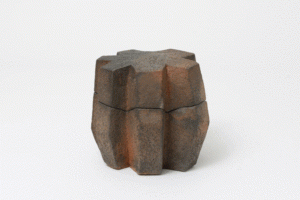 “Also, this significant new body of work by Rowan uses darker clay body with a darker firing— reflecting on how he sees our turbulent time.
“Also, this significant new body of work by Rowan uses darker clay body with a darker firing— reflecting on how he sees our turbulent time.
“Among the upright vessels and boxes, a group of the intriguing elliptic forms (see Untitled Vessel VIII, below, left) resemble a capsule, missile or rocket mimicking a futuristic machine.
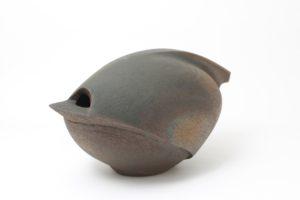 “The sense of irony is not lost to the artist as he examines the notion of man-made versus technology made works,” the writeup continues. “What has been a study of technological forms like cogs and turbine in Rowan’s early works has evolved into abstract concepts.
“The sense of irony is not lost to the artist as he examines the notion of man-made versus technology made works,” the writeup continues. “What has been a study of technological forms like cogs and turbine in Rowan’s early works has evolved into abstract concepts.
“In Untitled Vessel X with Silver Tips (pictured below, right) a sleek dark grey hollow egg form with silver luster glaze conveys this and the artist’s energy.”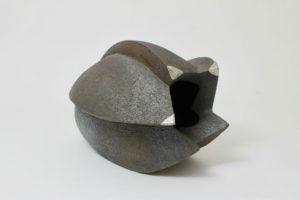
Shown in the gallery since 2000, Rowans work has taken a new direction, according to Gallery co-owner LaiSun Keane.
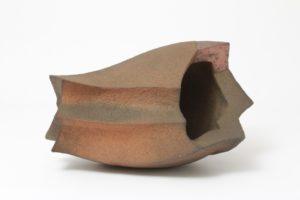 “In the past, it was the glorification of machine and this show is the critique of it – how one finds meaning in everyday life through man-made works and finding the energy of these objects as they are given in the making process.”
“In the past, it was the glorification of machine and this show is the critique of it – how one finds meaning in everyday life through man-made works and finding the energy of these objects as they are given in the making process.”
Bernd Haussman
Haussman’s paintings, chosen specifically by Keane and her co-owner Lucy Lacoste to compliment Rowan’s ceramic pieces, are, by and large, two dimensional.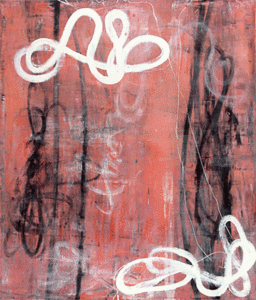
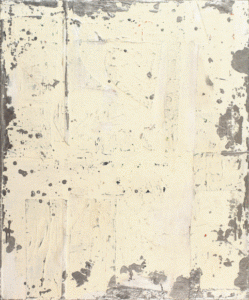 But, like ceramics, some are highly textured , with clay-like or even “fired” surfaces. Their colors and shapes coordinate with those of nearby ceramic pieces—and establish a dialogue with them.
But, like ceramics, some are highly textured , with clay-like or even “fired” surfaces. Their colors and shapes coordinate with those of nearby ceramic pieces—and establish a dialogue with them.
Also like the ceramic pieces, the paintings show the artist’s process–and express the energy that goes into creating them.
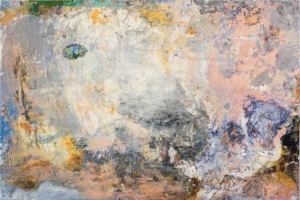 As Haussman explained at the show’s opening on Saturday, November 10, many of his paintings express relationships–establishing dialogues– of colors, shapes and ideas– within themselves.
As Haussman explained at the show’s opening on Saturday, November 10, many of his paintings express relationships–establishing dialogues– of colors, shapes and ideas– within themselves.
As artist-in residence at the Board Institute of Harvard and MIT from 2012-2015, Haussmann engaged scientists in a non-verbal dialogue through artistic work called “Dialogues.” He also participates in transatlantic exhibitions such as “KunstTraject langs de Leie”, Belgium, and “Art in Embassies.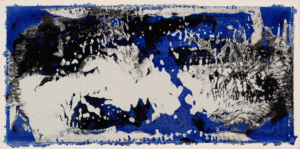
Born in Tuebingen, Germany, Haussman has lived in the USA since 1994.
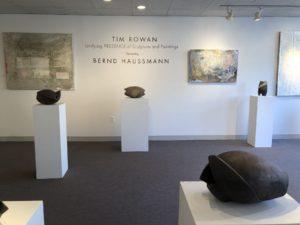 In my own view, the provocative ceramic works and beautifully crafted paintings amount to more than the sum of their parts. The novel combination—or dialogue– of objects and paintings makes a statement on the relationship of fine art to crafts–and to artistic creativity. And it turns the Lacoste Keane exhibition space into a work of art in itself.
In my own view, the provocative ceramic works and beautifully crafted paintings amount to more than the sum of their parts. The novel combination—or dialogue– of objects and paintings makes a statement on the relationship of fine art to crafts–and to artistic creativity. And it turns the Lacoste Keane exhibition space into a work of art in itself.
–Anita M. Harris
Anita Harris is a writer and communications consultant based in Cambridge, MA.
New Cambridge Observer is a publication of the Harris Communications Group, also of Cambridge.
Lacoste Gallery was founded 28 years ago by Lucy Lacoste with a focus on ceramics. In May, 2018, Lacoste joined forces with LaiSun Keane to form Lacoste/Keane Gallery– marking a new chapter in this gallery’s life. This gallery remains deeply committed to clay as an art medium focusing on showing contemporary, post WWII ceramic artists both established and emerging. In conjunction with its main ceramic shows, the gallery will present a 2-D art focus several times a year to broaden the dialogue between its ceramic works and audience. the gallery also offers for sale functional ceramic works by many well-known potters.
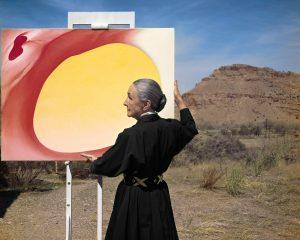
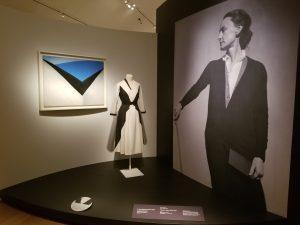
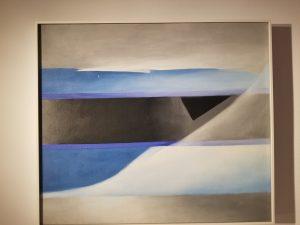
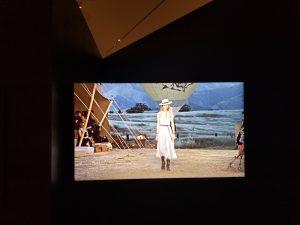
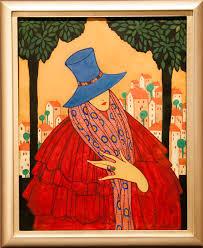
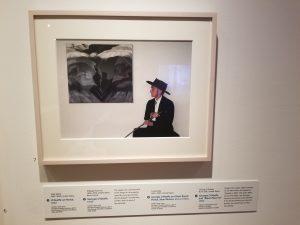
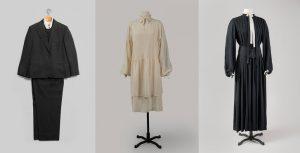
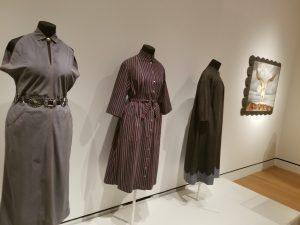
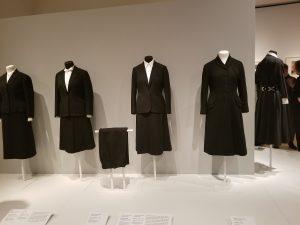





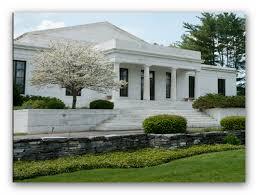
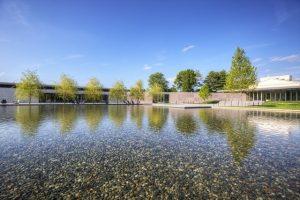
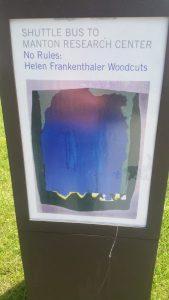
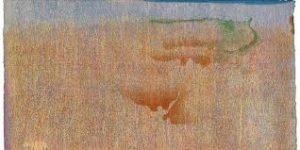
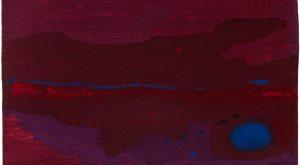
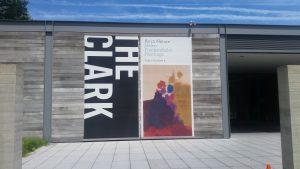
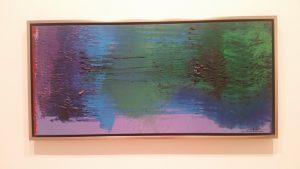

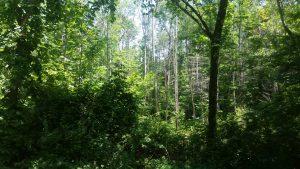
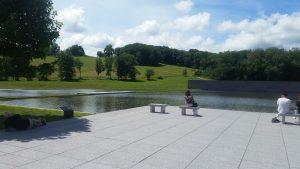
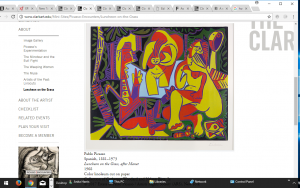

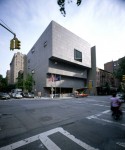 Because I had only a few hours to spare, friends told me not to bother with anything but the exhibits on the fourth floor. But when I arrived at the museum, a tour of the third floor was about to start so I hopped on board. I’m glad I did.
Because I had only a few hours to spare, friends told me not to bother with anything but the exhibits on the fourth floor. But when I arrived at the museum, a tour of the third floor was about to start so I hopped on board. I’m glad I did.
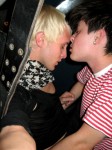 The New England Puritan in me was boggled by photos of
The New England Puritan in me was boggled by photos of 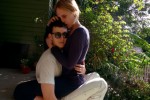

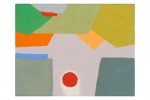
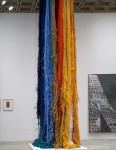
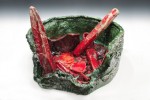 I did wonder if the docent leading the fourth-floor tour I was kidding when she told us Grabner wanted to award “best-in-how” to a “12×12″or so z-shaped- sculpture coated to look like foam rubber– on a pedastal, with a string pulled through it.
I did wonder if the docent leading the fourth-floor tour I was kidding when she told us Grabner wanted to award “best-in-how” to a “12×12″or so z-shaped- sculpture coated to look like foam rubber– on a pedastal, with a string pulled through it.